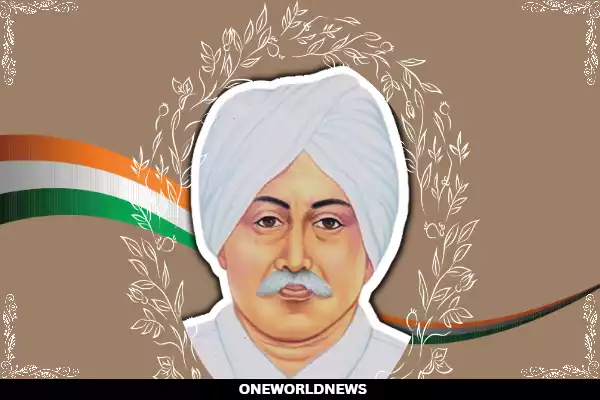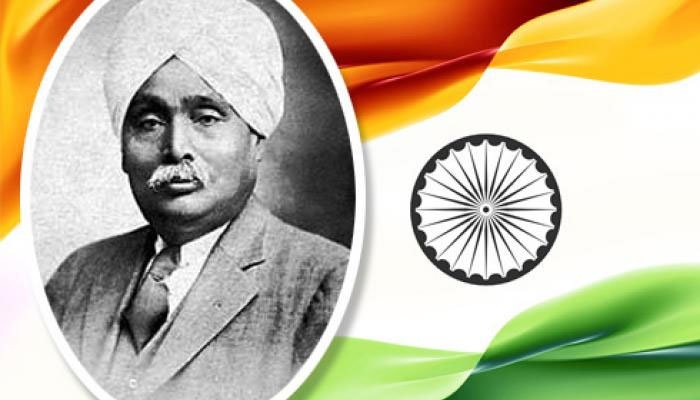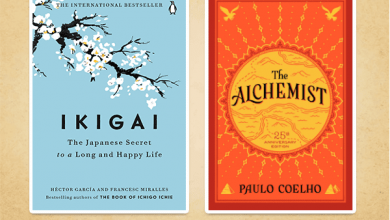
Here is all you need to know about Real Hero Lala Lajpat Rai
“Lathi blows inflicted on me will someday be nailed in the coffin of the British empire.”
Well, isn’t it a ubiquitous question that history asks us? Of course, we all know that Lala Lajpat Rai, popularly known as Punjab Kesari, was a famous freedom fighter in India.
He was the one who sacrificed his life for us. Lala Lajpat Rai succumbed to his injuries 17 days after the British police brutally thrashed him during a peaceful protest on 30 October 1928. But his words rang true!

A peep into Lala Lajpat Rai’s life
Lala Ji was one of the three extremist members of the oldest party Indian National Congress. Rai, along with Bal Gangadhar Tilak and Bipin Chandra Pal in the early 1900s, laid the foundation of assertive nationalism within the congress that Gandhi and Nehru carried forward. The three dynamic leaders promoting self-reliance and opposing British rule famously came together as a Lal-Bal-Pal trio. Despite being from diverse backgrounds, they fought for the exact cause.
· Promoting make-in India
· Boycotting British-made goods
· Replacing British raj with Purna swaraj
View this post on Instagram
These extremists, as well as vital members of the Indian National Congress, wanted self-government for India. Apart from this, they were the first Indian leaders to demand complete political independence for the country. Here are a few facts about the real hero Lala Lajpat Rai.
Lala Lajpat Rai was a person full of knowledge. He was a member of the Indian National Congress and one of the Hindu Mahasabha’s crucial members. Lala Lajpat Rai was also the All-India Trade Union Congress president in 1920.
He was the leader of Punjab in protests against the Jallianwala Bagh incident. Lala Lajpat Rai was influenced by socialist reformer Swami Dayananda Saraswathi and strongly supported the Arya Samaj movement in Punjab.
He was born on 28 January 1865 in Dhudike (now in Moga district, Punjab). He was the eldest son of Munshi Radha Krishna Azad and Gulab Devi. He did his initial education at Government Higher Secondary School, Rewari.
Here is how the man who donned many hats fought for India’s freedom
Scholar, politician, journalist, lawyer, banker, and patriot, changed India’s political landscape and fought for its independence.
Swadeshi first, Purna Swaraj next, an Arya Samajist and fresh law graduate in the 80s, rai was a proponent of ‘Swadeshi’ infrastructure that led him to co-found the Punjab national bank in 1894, much to the ire of the British raj.
In 1920, Rai presided over a special session of congress in Calcutta. To decide the party’s course of action to fight the British non-cooperation movement was formally launched later that year.
The Draconian Rowlatt Act
In February 1919 British passed the Rowlatt Act allowing certain political cases to be tried without juries. Rai’s non-cooperation movement was against this very Draconian act. He was imprisoned from 1921 to 1923, and there is more to Rai’s freedom struggle.
Rai wrote for several newspapers, including ‘The Tribune’ and even penned several books.
In the early 1920s, Rai set up the national college in Lahore, where Bhagat Singh met. His comrades Sukhdev, Yashpal Ram Krishna and Bhagwati Charan Vohra.
View this post on Instagram
Unknown facts about the leader that you should know:
1. He was born in a scholarly background.
2. He was best known for his values.
3. Punjab National Bank came into existence because of Lala Lajpat Rai only.
4. He was also the chief architect of the Swadeshi movement.
5. Lala Lajpat Rai also travelled to the US in 1907 and came back with vast knowledge. He was a man of knowledge.
Though Rai did not live to see an independent India, his spirit lives on!








